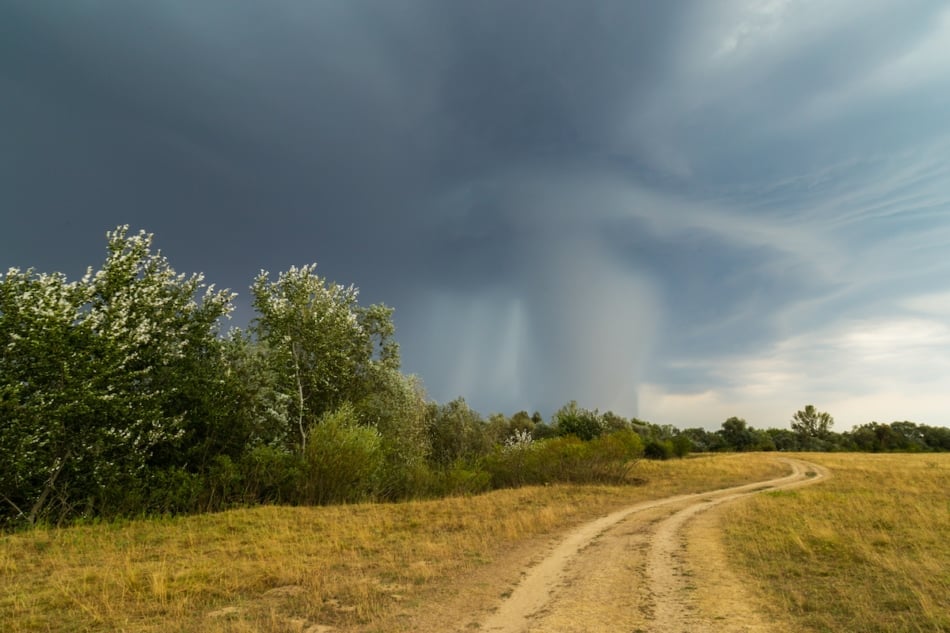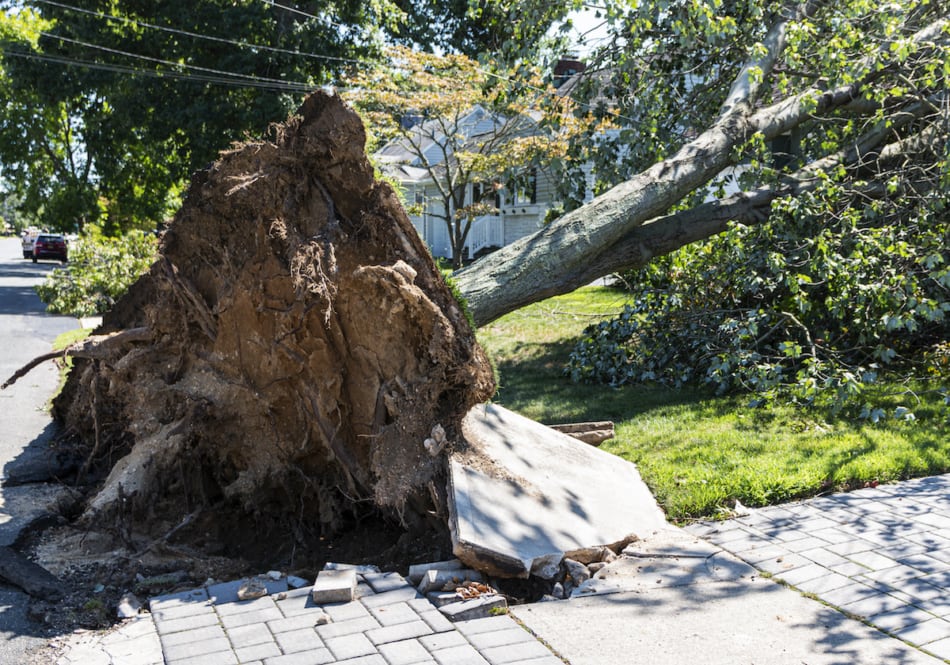What Is a Microburst? Farmers' Almanac Weather
When IT comes to storms, summer has some of the worst. Consider the "microburst." The name sounds like something you power call a short-lived rainstorm, As in "I idea it was going to pour all day, but fortunately it was just a microburst." But if you've always had the misfortune to live through and through a microburst, you know there's zero lucky most it.
What Is A Microburst?
The term microburst was coined away Ted Fujita, the Japanese-American meteorologist who was subservient in creating the tornado intensity scale that bears his name.
This type of storm takes its name from the fact that they are very localized and short-lived, touching an area of 2.5 miles or less and perpetual anywhere from a just a couple of seconds to 10-15 minutes, at most.
What microbursts lack in size and seniority, though, they more than make up for in intensity. A single microburst can create wind speeds up to 100 mph and causal agent terms as severe as an F1 tornado, downing trees, and detrimental structures.
What Causes a Microburst?

Dissimilar tornadoes, though, microbursts are not cyclonic and they stay in one billet. Microbursts are caused by downdrafts inside a thunderstorm. During a storm, flying and water droplets become supported in an updraft malodourous in the lead in the clouds. The stronger the updraft is, the higher the wet and air are push, and the colder they become. American Samoa the ventilate and water chilly, they go heavier, until sooner or later, the storm system is unable to support that harsh core. When that happens, completely of that water and air begin to sink, plummeting toward the Globe at a rapid speed.
As the downdraft makes landfall, it spreads outward, leaving tush a path of death that radiates extinct from its initial contact point. From the ground, microburst damage can be problematical to discover from tornado damage. From the air, though, the two kinds of storms for each one leave behind their own calling card.
For example, tornadoes leave trees scattered around in haphazard directions, whereas a microburst pushes trees outward in straight lines, oblique from a single point.

Microbursts come on very on the spur of the moment and can be hard to predict, making them especially dangerous for aircraft. Several fatal plane crashes having been blamed on microbursts.
3 Stages of Downbursts
Downbursts occur in three stages:
- Contact stage
- Outburst stage
- Cushion stage
American Samoa the name suggests, the contact stage is when the sinking air makes its initial contact with the ground. The highest winds and most damages go on during this stage.
During the outburst stage, air from the downburst moves outward from the distributor point of impact, curling along the leading edge. Finally, during the buffer stage, the winds at the contact point begin to weaken, piece the wind moving outward continues to accelerate.
Eventually, though, clash slows the winds down, and the microburst dies out Eastern Samoa quickly as it comes connected.
Unfortunately for those on the ground, cleaning raised later a microburst takes a lot longer than the storm itself.

Jaime McLeod
Jaime McLeod is a old journalist who has written for a wide diversity of newspapers, magazines, and websites, including MTV.com. She enjoys the outdoors, growing and eating living thing food, and is interested in altogether aspects of natural health.
https://www.farmersalmanac.com/what-is-a-microburst-18738
Source: https://www.farmersalmanac.com/what-is-a-microburst-18738